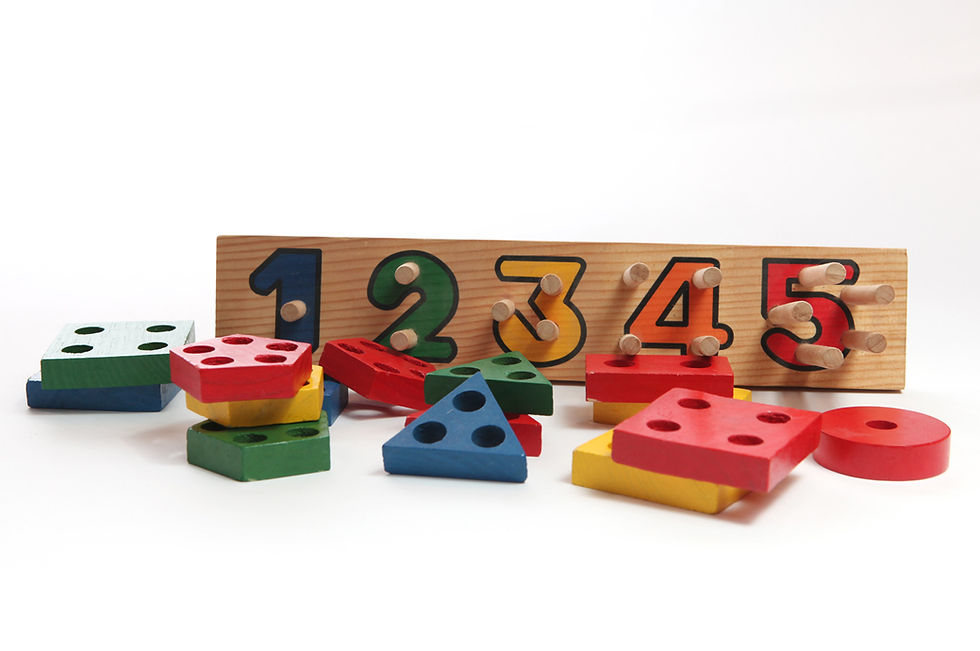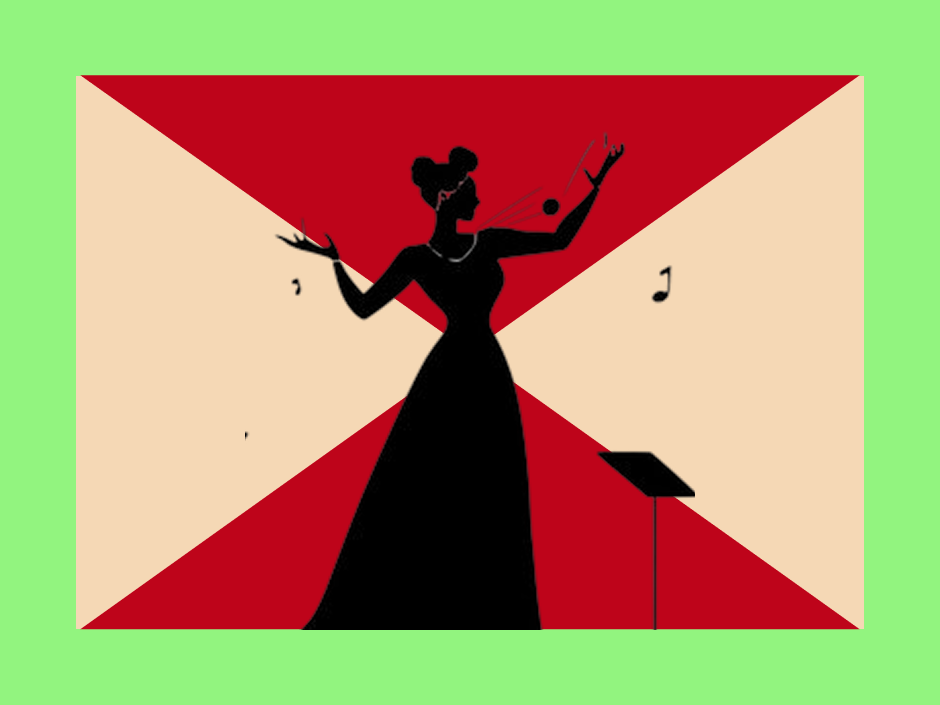6 Classical Music Activities for Preschoolers
- soundgardencontact
- Apr 26, 2024
- 4 min read

A young child's day is filled with learning - every experience is important as they grow and develop! The preschool years are critical for personal/interpersonal, intellectual, emotional, and physical development; why not integrate classical music into the learning journey?
Here are 6 (more than 6, in fact!) suggested activities to help your child to engage with classical music, targeting some of the different focus skills for this age group!
Want a child-friendly playlist with selected classical music works all ready to go? Head to the Early Childhood section in the Learning Hub!
Focus Skills and Classical Music Activities
Literacy/Communication and language

Early literacy learning consists of developing skills in speaking/listening and reading/writing - competencies which are necessary for all other learning. These skills are essential for being able to understand and communicate feelings, experiences, opinions, and more. Other abilities, such as fine motor movements and letter recognition, are also crucial in the development of these larger skills. All of these can be developed through age-appropriate play activities and regular home life!
Select classical pieces that tell a story through music (like "Peter and the Wolf" by Prokofiev). As you and your child listen together, discuss what you both can hear. Here are some prompts:
Does this music sound fast or slow? Does it make you want to be still, to get up and dance, or something else?
How does this music make you feel? Happy/sad/excited/calm/scared/amazed/etc...
How many different timbres (sounds) can you hear?
Is there just one instrument being played/sung, or can you hear more than one?
What does this instrument sound like? Does it sound high or low? Harsh or gentle? Big or small?
Does the sound of this instrument make you think of a particular animal? A colour? A food? A person?
How do you think the sound on this instrument might be created (striking/blowing/plucking/rubbing/etc.)?
Do you think the music might be telling a story? What do you think the story might be? Are there different characters? Where do you think the story is taking place?
What are you some words you could use to describe this music?
If your child is learning to read and write, you could select some words related to the chosen musical work and use these words in activities specific to these skills.
Physical development

It's time for a dance party, of course! Your child may like to dance freely, or they may like to use props they can shake, twirl, and move about with, such as maracas/a well-sealed container of pasta, ribbons/scarves, or their favourite soft toy.
Encourage your child to explore the movements they can make with their bodies and how they can interact with the space around them. Can they stretch high, low, side-to-side? Can they create shapes with props or with their bodies? Can they turn in circles? Can they make big/small, fast/slow movements?
If you have child-friendly musical instruments available, or simply pots and pans or other sound-making items around the home, set up a sound exploration activity. Allow your child to experiment with creating their own melodies and rhythms.
Sound Garden : classical music immersion
First, a short word about Sound Garden. Founded by classical singer Kayla Collingwood, Sound Garden is an online hub to engage with classical music, no matter your age or level of knowledge or experience! Through online content, digital products, and more, Sound Garden's aim is to provide resources for discovering classical music in all its forms.
Personal/Emotional/Social development

Play various classical pieces conveying different emotions (e.g., joy, sadness, excitement). Guide your child in identifying and discussing the feelings evoked by the music.
Here are some further activity ideas you can use to extend this activity, or which may be suitable for earlier developmental stages and non-verbal children:
Create a picture/craft inspired by the way the music makes your child feel.
Emotively "conduct" the music (or family/friends as they sing songs/play instruments).
A "musical freeze" game, where your child dances freely until you pause the music. The child then freezes in a pose that reflects the emotion of the music.
Play scenarios, using dolls, puppets, or other character toys, to create stories inspired by the music.
Numeracy

Music is full of opportunities for numeracy learning!
Foundational numeracy concepts such as one-to-one correspondence (matching up one thing with another) can be learned in tandem with music listening. Place some sets of identical items in front of your child (for example: crayons, erasers, and colouring pens), and ask them to count the item sets into their groups, while the music plays in the background.
Listening to music more closely is the perfect opportunity to practice identifying patterns, spotting sequences, and counting! Put on some music with a strong, steady "pulse", and see if you can tap/clap/stamp/count in time to the beat. Practice creating and repeating rhythmic patterns!
Understanding the World

Through opportunities to explore, observe, and discover, children learn to make sense of the world around them. Many different activities can play a part in this, and music can be the soundtrack to your child's adventures! For example, you and your child can discover classical music works related to nature while exploring in the woods together.
If you're planning to stay indoors, you can create play trays/tuff trays/small world set-ups inspired by musical works. For example, you could listen to the "Carnival of the Animals" by Saint-Saëns and use some toy animals and other items/ingredients to create an animal-themed play tray.
Arts

Provide art supplies for your child to create visual artworks inspired by the music. This encourages creativity, imagination, and the connection between music and visual expression. This could be painting, drawing/colouring, collage-making, sculpture-making, or any other visual arts activity!
The only limit is your imagination!
Classical music can play a part in all kinds of learning activities, as a central element which your child can engage with directly, or in the background while focusing on other tasks.
What other activity ideas do you have? Drop them in the comments!





Comments